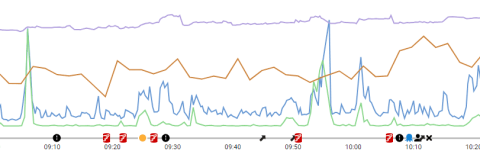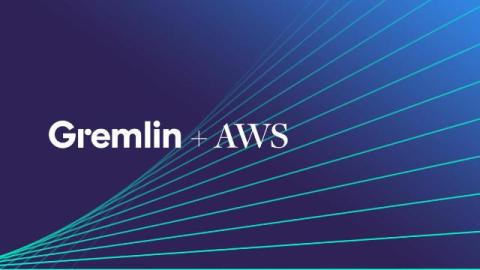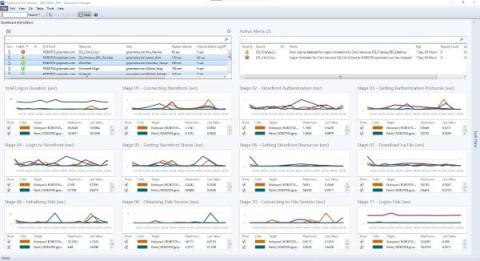Marking deployments in Redgate Monitor 14
Redgate Monitor is an essential tool for DBA teams worldwide, providing real-time monitoring of SQL Server and PostgreSQL performance. With RedgateMonitor, you can easily track deployments, errors, and other events on the timeline. This feature, called annotations, allows you to quickly identify the root cause of performance issues and take corrective action. Redgate Monitor’s timeline is a powerful tool that helps you stay on top of your database performance and keep your systems running smoothly.











